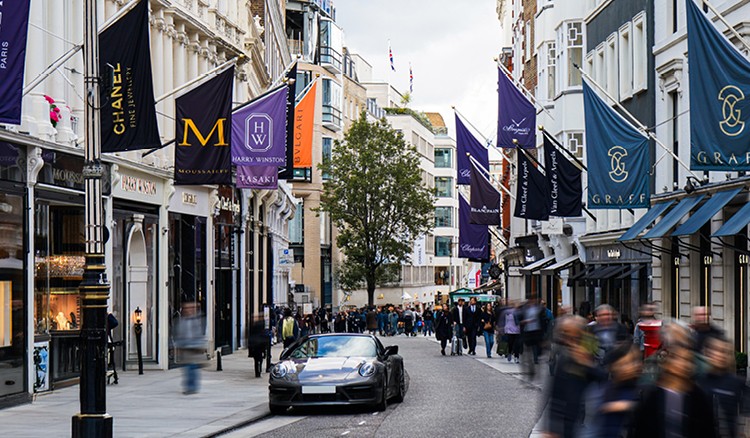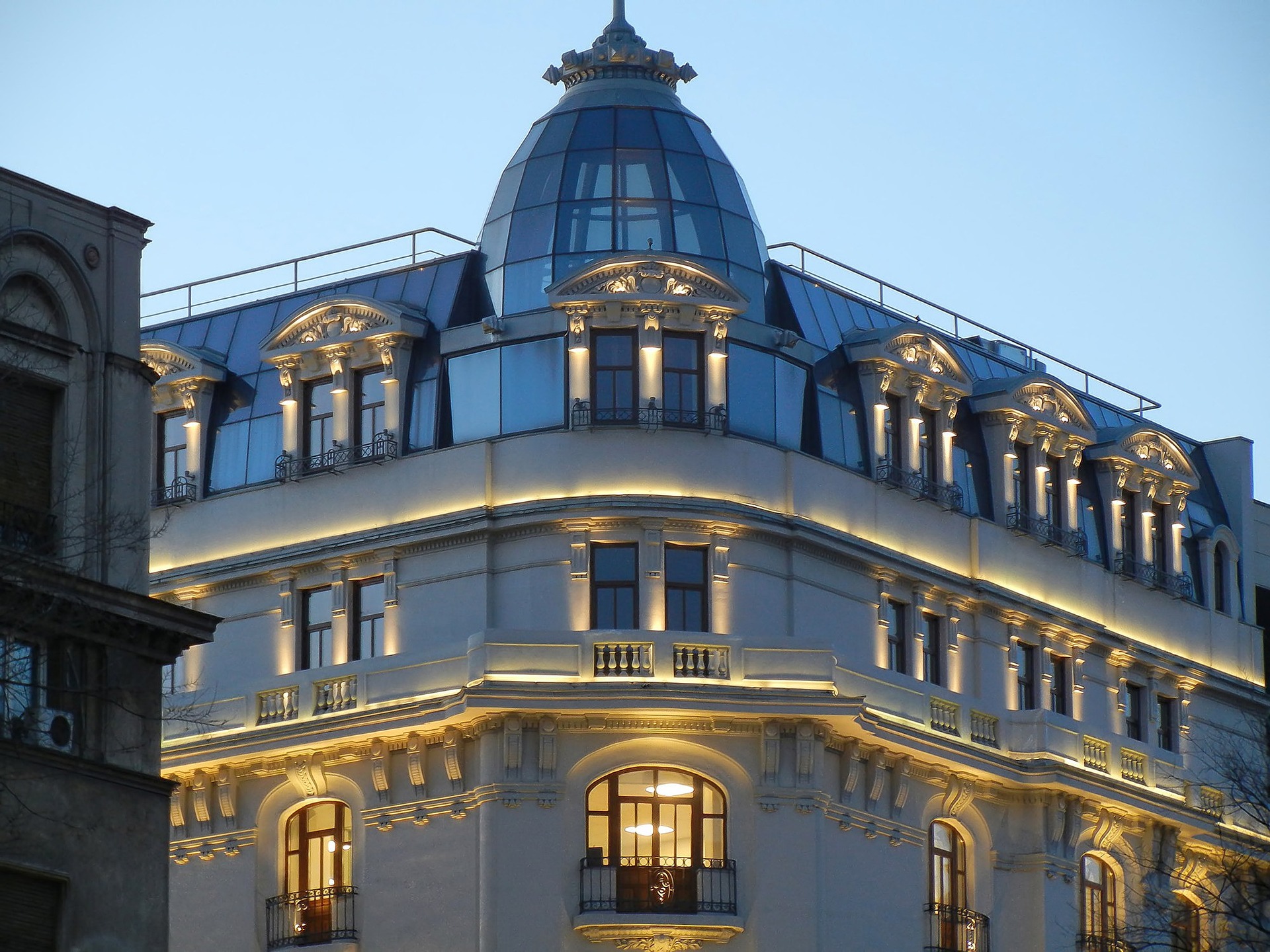Main Streets Across the World 2025
Bucharest, March 2025 – The European luxury retail industry continued its growth in 2024, albeit at a more moderate pace compared with previous years. European luxury retail sales increased by 4% vs. 2023, but below the growth rates recorded in 2023 and 2022, which stood at 7% and 23%, respectively. This shows that the market has entered a phase of normalization following the post-pandemic boom, according to the latest Cushman & Wakefield European Luxury Retail 2025 report.
Although expansion continued in 2024, the number of new store openings declined and luxury brands began adopting more selective strategies, focusing on expanding existing stores and investing in premium commercial properties. In 2024, only 83 new stores opened across 20 shopping streets in 16 European cities, compared with 107 in 2023. The majority of these openings were in Paris, Milan and London – Europe’s key luxury markets.
In the CEE and SEE regions, the Czech Republic, particularly Prague, stood out, with five luxury brand store openings in 2024.
Romania is shaping up as an emerging luxury market, although this sector’s development has been hampered by the limited availability of suitable high-street retail spaces. However, Calea Victoriei could become an increasingly relevant destination for luxury brands in the near future, given the announcement of several investment projects aimed at refurbishing historical buildings which could accommodate premium retailers.
The expansion has been kickstarted by Louis Vuitton, which opened a store last year within the InterContinental Athenee Palace Hotel and the Italian brand Zegna, which recently launched a mono-brand store in a historic villa near Calea Victoriei. The next wave of luxury entries includes Dior, Saint Laurent, Celine, Valentino, Hermès, Chanel and Guerlain, as announced by Hagag Development Europe, which will dedicate approximately 4,000 sq. m to luxury retail following the complete refurbishment of Stirbei Palace.
 Raluca Zlate, Senior Consultant Retail Agency, Cushman & Wakefield Echinox, “An analysis of the performance evolution of the leading luxury brands in Romania shows that their cumulative sales grew by 120% between 2019 and 2023, despite a relatively low number of new store openings during that period. However, the market has yet to reach its full potential and creating a favorable environment for these brands is essential to attracting new names in Bucharest and this includes modern retail spaces adapted to the specific needs of luxury retailers. These brands seek to open stores in landmark buildings with distinctive architecture, generous spaces and the ability to offer exceptional shopping experiences. Unfortunately, aside from a few dominant shopping centers and ground-floor spaces in 5-star hotels, the current availability of such spaces is nearly non-existent.”
Raluca Zlate, Senior Consultant Retail Agency, Cushman & Wakefield Echinox, “An analysis of the performance evolution of the leading luxury brands in Romania shows that their cumulative sales grew by 120% between 2019 and 2023, despite a relatively low number of new store openings during that period. However, the market has yet to reach its full potential and creating a favorable environment for these brands is essential to attracting new names in Bucharest and this includes modern retail spaces adapted to the specific needs of luxury retailers. These brands seek to open stores in landmark buildings with distinctive architecture, generous spaces and the ability to offer exceptional shopping experiences. Unfortunately, aside from a few dominant shopping centers and ground-floor spaces in 5-star hotels, the current availability of such spaces is nearly non-existent.”
The scarcity of premium retail spaces is one of the factors which has slowed down the pace of new luxury store openings across Europe. On the continent’s major luxury shopping streets, the vacancy rate has dropped below 5% and, in some cases, (e.g., Via Montenapoleone, Bond Street, Avenue Montaigne) there are no available spaces at all.
This lack of suitable locations has hindered expansion. The limited supply of commercial space has driven rental prices up by 3.6% in 2024, reaching record highs in cities such as Milan and Paris. As a result, luxury brands have been forced to find creative solutions for expansion, such as converting upper floors or basements into retail spaces.
At the same time, the shift toward larger stores has led luxury brands to prioritize expanding and modernizing their existing locations rather than opening new ones, transforming them into more spacious venues with VIP areas and personalized experiences.
Additionally, rising luxury prices have affected aspirational buyers, prompting brands to reassess their expansion strategies and focus on ultra-premium locations.
Another emerging trend is that instead of leasing new spaces, major luxury groups such as LVMH, Kering and Chanel have opted to acquire entire buildings to secure long-term control over the most desirable locations.
Despite the slowdown in growth, demand for luxury goods remains strong, driven by the high-end segment and the resurgence of international tourism which increased by 11% compared to 2023, surpassing pre-pandemic levels for the first time.
Among the most active luxury groups in expansion, LVMH led the way with 15 new store openings in 2024 and significant investments in real estate acquisitions for brands such as Louis Vuitton and Dior.
The Swiss group Richemont inaugurated 11 stores, mainly for its watch and jewelry brands (Cartier, Van Cleef & Arpels), while Kering limited its expansion to just three new stores, but continued to acquire properties for future growth. Rolex, OTB Group and Patek Philippe were also among the most active luxury retailers.
This year, the luxury retail market is expected to continue its cautious expansion, with strategic investments and moderate sales growth. Brands will remain focused on exclusivity, flagship locations and integrating retail with hospitality experiences. At the same time, competition for premium retail spaces will remain fierce, pushing brands to explore innovative solutions to expand their presence in key European markets.
Consumer behavior shifts will also play a crucial role in shaping retailer strategies.





